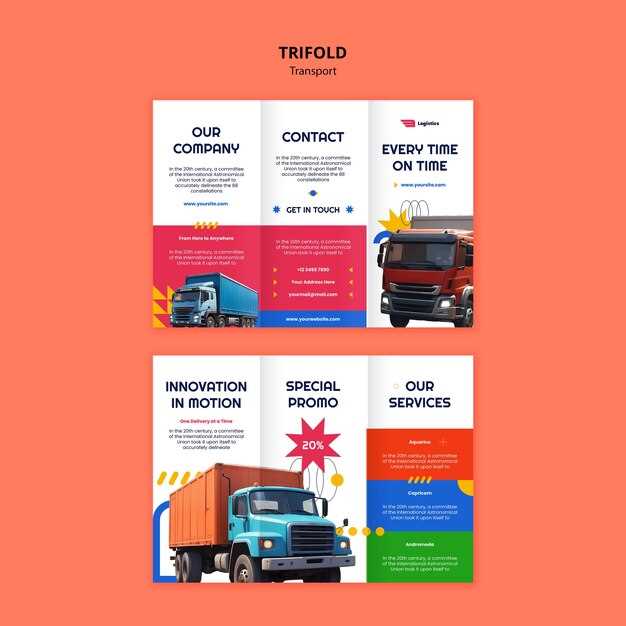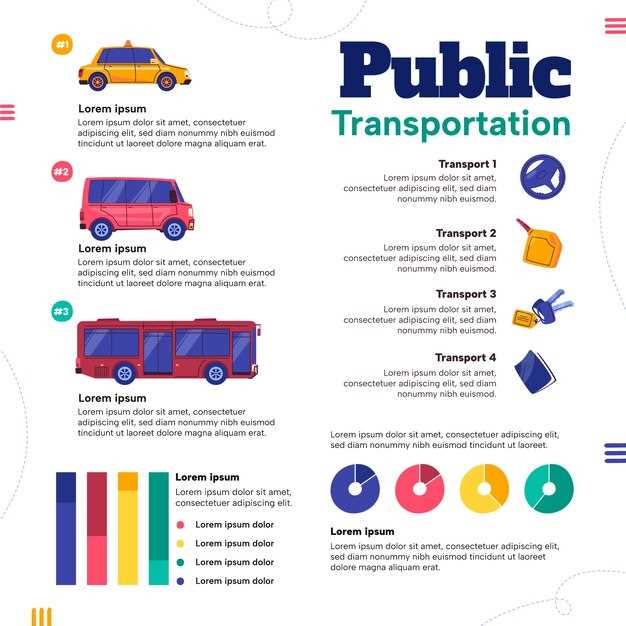
As the demand for robust transportation solutions continues to evolve, the heavy-duty truck market in 2024 presents an array of features and innovations tailored to diverse operational requirements. This year, manufacturers are focusing on enhancing fuel efficiency, increasing payload capacities, and integrating advanced infotainment systems, making it crucial for businesses to evaluate their options meticulously.
Understanding your specific needs is the first step in selecting the right heavy-duty truck. Whether you are in construction, logistics, or agriculture, the requirements of your industry can significantly influence your choice. Factors such as towing capacity, engine performance, and durability under harsh conditions are paramount in making an informed decision.
In this comparative analysis, we will delve into the leading heavy-duty trucks of 2024, showcasing their specifications, capabilities, and overall value. By assessing these key attributes, you will be better equipped to identify the truck that aligns perfectly with your operational demands and budget constraints.
Stay tuned as we break down the top contenders in the market, highlighting the advantages and potential drawbacks of each model. With informed insights, your journey to finding the ideal heavy-duty truck will be streamlined and efficient.
Evaluating Engine Options and Fuel Types for Heavy-Duty Trucks

When selecting a heavy-duty truck, engine options and fuel types play a critical role in determining overall performance, efficiency, and suitability for specific applications. Variability in engine configurations can significantly influence torque, horsepower, and payload capacity. In this context, it’s essential to explore the most common engine types and fuel sources available in 2024.
First, consider diesel engines, the traditional choice for heavy-duty trucks. They are renowned for their longevity, power, and fuel efficiency. Typically, diesel engines offer higher torque at lower RPMs, making them ideal for hauling heavy loads over long distances. Moreover, advancements in diesel technology, such as turbocharging and direct fuel injection, have enhanced performance and reduced emissions, making modern diesel engines more environmentally friendly.
Alternative options include compressed natural gas (CNG) and liquefied natural gas (LNG) engines. These engines provide significant cost savings in fuel and can lower greenhouse gas emissions. CNG and LNG are becoming increasingly popular in fleets focusing on sustainability, although the infrastructure for refueling remains a challenge in many regions. It is essential to assess the availability of refueling stations when considering these options.
Electric heavy-duty trucks are emerging as an exciting alternative, supported by advancements in battery technology and charging infrastructure. Electric engines provide instant torque and a quieter operation, which can be beneficial in urban environments. However, the limited range and longer refueling times continue to be concerns that potential buyers must address, particularly for long-haul applications.
Hydrogen fuel cells represent another innovative engine technology, offering a promising solution for clean transportation. Hydrogen can be produced through various methods and has the potential for quick refueling, similar to traditional fuels. However, the current lack of widespread availability of hydrogen stations makes it less practical for extensive use compared to diesel or CNG.
Another consideration in engine evaluation is the engine size and configuration. Heavy-duty trucks typically come with inline-six or V8 configurations, where inline-six engines are praised for their balance of weight and power efficiency. This can lead to a lower center of gravity, enhancing the truck’s stability, while V8 engines may offer additional power for heavy towing and extreme conditions.
Ultimately, the decision on engine type and fuel type should align with the truck’s intended use, operational costs, driving environment, and regulatory requirements. Conducting a thorough needs assessment can help determine the most suitable engine and fuel options, ensuring optimal performance and efficiency in heavy-duty trucking applications.
Assessing Towing Capacities and Payload Features

When evaluating heavy-duty trucks for your specific needs, understanding towing capacities and payload features is crucial. These attributes determine how effectively a truck can handle various loads, significantly impacting its performance in real-world applications.
Towing Capacity refers to the maximum weight a truck can safely pull. This value is influenced by several factors, including the vehicle’s engine power, transmission type, and chassis design. It’s essential to consider not only the rated towing capacity but also the intended use, such as whether you will be towing trailers, boats, or equipment. Many manufacturers provide towing guides that offer detailed information about different configurations, helping to match the truck with the intended towing purpose.
Payload Capacity represents the maximum weight a truck can carry in its bed. This encompasses both the weight of cargo and any additional equipment. Understanding your expected payload is vital, especially for businesses that rely on transporting heavy materials. Factors affecting payload capacity include the truck’s gross vehicle weight rating (GVWR) and the weight of the truck itself. Always assess whether the payload capacity aligns with your operational demands to avoid exceeding limits.
It’s also important to note that towing and payload capacities can vary significantly between different truck models and configurations. For example, a truck designed for heavy towing might have a lower payload capacity due to additional structural reinforcements, while others might prioritize payload with less emphasis on towing. Analyze your requirements carefully to determine which specifications best meet your needs.
Lastly, consider additional features like trailer braking systems and weight distribution hitches, which can enhance towing performance and safety. These features often play a critical role in managing the load and ensuring stability while on the road.
Understanding Maintenance Costs and Warranty Options
When evaluating heavy-duty trucks for your needs, it is crucial to consider both maintenance costs and warranty options. These factors can significantly impact the overall ownership experience and operational expenses.
Maintenance Costs typically encompass routine servicing, parts replacement, and unexpected repairs. Heavy-duty trucks often require specialized parts and skilled labor, which can make maintenance costly. To better forecast these expenses, research the following:
- Frequency of Service: Trucks generally need maintenance every 10,000 to 15,000 miles. However, heavy-duty trucks might have different intervals based on their specific usage and manufacturer recommendations.
- Parts Availability: Consider the availability and cost of parts for various models. Some brands may have a reputation for being more costly to maintain due to parts scarcity or higher pricing.
- Labor Costs: Labor rates can vary significantly by region and service provider. Identify reputable service centers and their pricing structures to obtain accurate estimates.
In addition to routine maintenance, account for potential repair costs associated with wear and tear. Trucks subjected to rigorous use are likely to experience higher wear on critical components like the transmission, brakes, and suspension systems.
Warranty Options play a vital role in mitigating maintenance expenses. A comprehensive warranty can cover major repairs and help manage unexpected costs. When evaluating warranty options, consider the following:
- Types of Warranties: Most manufacturers offer different types of warranties including basic limited warranty, powertrain warranty, and more extensive coverage plans. Understanding the specifics of each is essential.
- Duration and Mileage Limits: Check the length of coverage and mileage limitations. Some warranties extend for several years or up to a certain mileage, which can offer peace of mind during high-use periods.
- Coverage Details: Analyze what is included in the warranty. Some warranties might not cover specific components or types of damage, such as those arising from improper use or external factors.
In summary, carefully assessing maintenance costs and warranty options is fundamental when comparing heavy-duty trucks. A clear understanding of these elements will not only help you make informed decisions but also ensure that your truck operates efficiently while minimizing additional costs over time.

